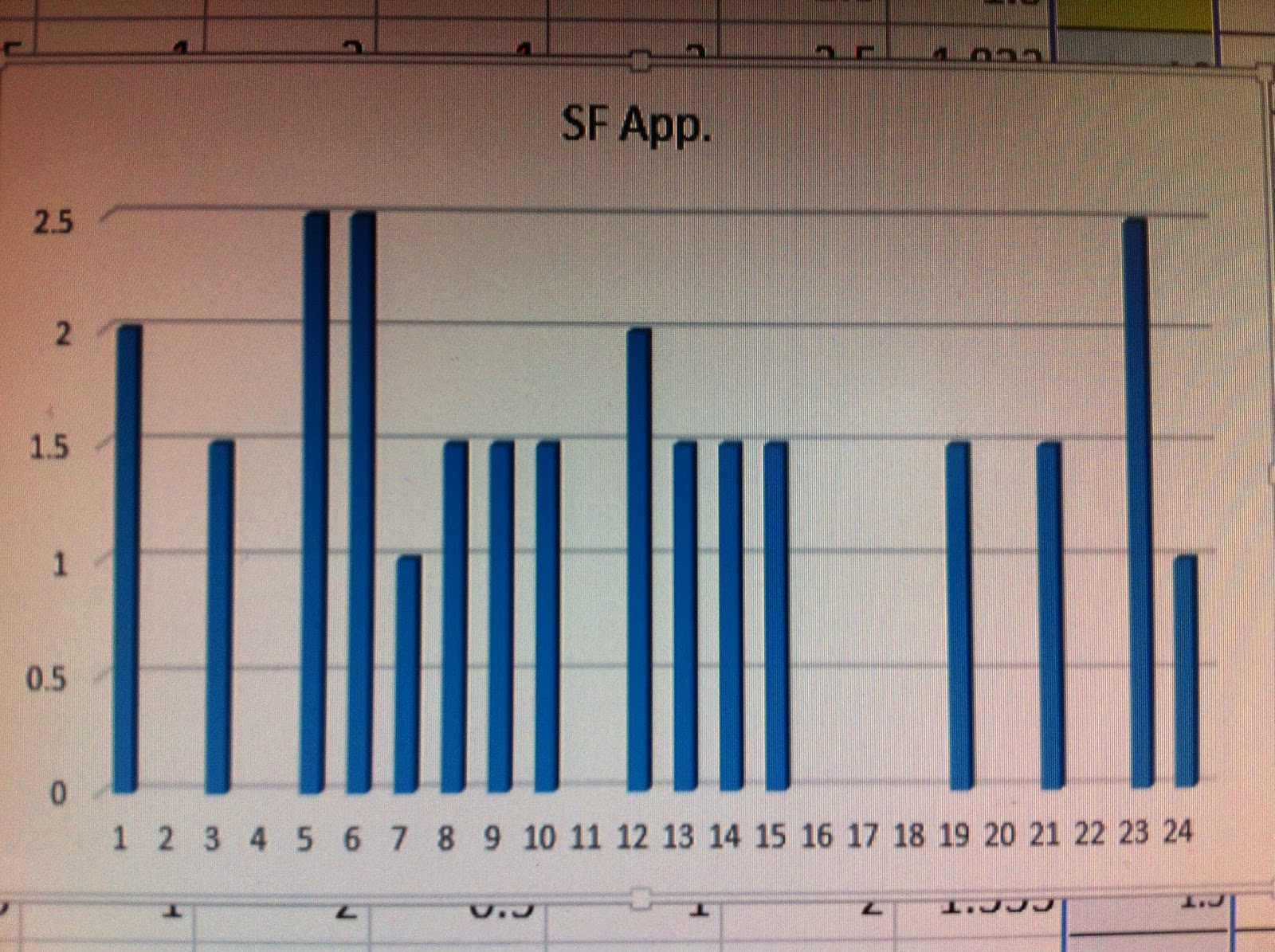Below is an overview of the Traits. Based on my pre-assessment data (and time constraint), I focused on sentence fluency, word choice and conventions. These posed as the highest needs for this particular group of students.
|
6
+ 1 Traits Overview
|
|
|
Ideas
|
Ideas make up the content of the piece of writing, otherwise
known as the heart of the message.
|
|
Organization
|
Organization is the
internal structure of the piece, the thread of meaning, the logical pattern
of the ideas.
|
|
Voice
|
Voice is the soul of the piece.
It’s what makes the writer’s style singular, as his or her feelings
and convictions come out through the words.
|
|
Word Choice
|
Word choice is at its best when it includes the use of rich,
colorful, precise language that moves and enlightens the reader.
|
|
Sentence Fluency
|
Sentence fluency is the flow of the language, the sound of word
patterns- the way the writing plays to the ear, not just the eye.
|
|
Conventions
|
Conventions represent the piece’s level of correctness- the
extent to which the writer uses grammar and mechanics with precision.
|
|
+1 Presentation
|
Presentation zeros in on the form and layout- how please the
piece is to the eye.
|
|
(Culham, 2003, p. 11-12).
|
|
Because my students are flexibly grouped, and the fact that I could find little research on strategies to utilize with higher-ability and gifted students. Additionally, all the research done on the Six Traits showed improvements amongst lower achieving students and not so much with the higher-achieving students.
Below are the resources that I've collected to help mold my action research model into what it is today:
Albertson, L. R., & Billingsley, F. F.
(2001). Using Strategy Instruction and
Self-Regulation to Improve Gifted Students’ Creative Writing. Journal
of Secondary Gifted Education, 12(2), 90.
Coe, M., Hanita, M., Nishioka, V. & Smiley,
R. (2011). An Investigation of the Impact of the 6 + 1
Trait Writing Model on Grade 5 Student Writing Achievement. United States Department of Education.
Culham, R.
(2003). 6 + 1 Traits of writing: The
complete guide grades 3 and up.
Portland, OR: Northwest Regional Educational Laboratory.
DeJarnette, N. K. (2008). Effects of the 6 + 1 Trait Writing Model on
Student Writing Achievement. Liberty
University: College of Education.
Diederich, P. B.
(1974). Measuring growth in english.
Urbana, IL: National Council Teachers of English.
Flyte-Rettler, J. L. (2004). Improving Fourth Grade Students’ Writing
Skills with 6 + 1 Traits of Writing, Graphic Organizers, and Writer’s
Workshop. Oshkosh, WI: University of
Wisconsin.
Higgins, B., Miller, M., & Wegmann, S. (2006).
Teaching to the test…not!
Balancing best practice and testing requirements in writing. Reading
Teacher, 60(4), 310-319. doi:
10.1598/RT.60.4.1.
Mertler, C. A.
(2012). Action research: Improving schools and empowering educators. Thousand
Oaks, CA: Sage.
Wearmouth, J.,
Berryman, M., & Whittle, L. (2011). 'Shoot for the moon!' Students'
identities as writers in the context of the classroom. British Journal of
Special Education, 38(2), 92-99.
doi:10.1111/j.1467-8578.2011.00502.x






























.jpg)















